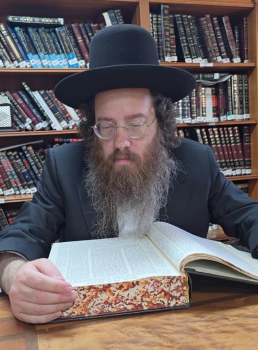Prayer Nusach
Question
Answer
Shalom!
Thank you for your question.
You should daven according to your ancestral nusach.
Contrary to widespread misconception, the Chabad Nusach Ha’Ari is not the nusach that was used by the great Arizal even though its name appears to convey that. Rather, Nusach Ha’Ari is the nusach and siddur that Rav Shneur Zalman, the first Rebbe of Chabad, composed. He weaved this new nusach together by drawing from over sixty different preexisting nusachot . According to Rav Shneur Zalman, his siddur is “effective” for all Jews regardless of their personal nusach or tribal ancestry.
As you noted, Chabad claims that Nusach Ha’Ari is “neutral,” namely, a nusach that allows all prayers to ascend to heaven regardless of a person’s true ancestral tribe or nusach . This is because the Nusach Ha’Ari corresponds to the “thirteenth gate” – the gate through which all prayers can ascend, regardless of which tribe one originates from.
Needless to say, no one outside of Chabad agrees with this approach and therefore one should not change one's ancestral nusach. The Chabad nusach is only about three hundred or so years old, making it quite new and not something that one should trade for one's centuries-old tradition.
It is interesting to note that the Chassidic Nusach Sefard is called by that name because it derives primarily from the Sephardic liturgical style. The original Nusach Ha’Ari, the nusach that the Arizal himself used, is closer to Nusach Sefard. The nusach of the Sephardim, known as Nusach Sefardi or Nusach Edot Hamizrach, is based largely on the Rambam. Other lesser-known nusachot include Nusach Teiman (used by Yemenite Jews), Nusach Hagra (used by followers of the Vilna Gaon), and Nusach Romi (used by Italian Jews), among many others. Ancient French, Syrian, Romanian, and Greek Jewish communities have their own nusachot , as well.
